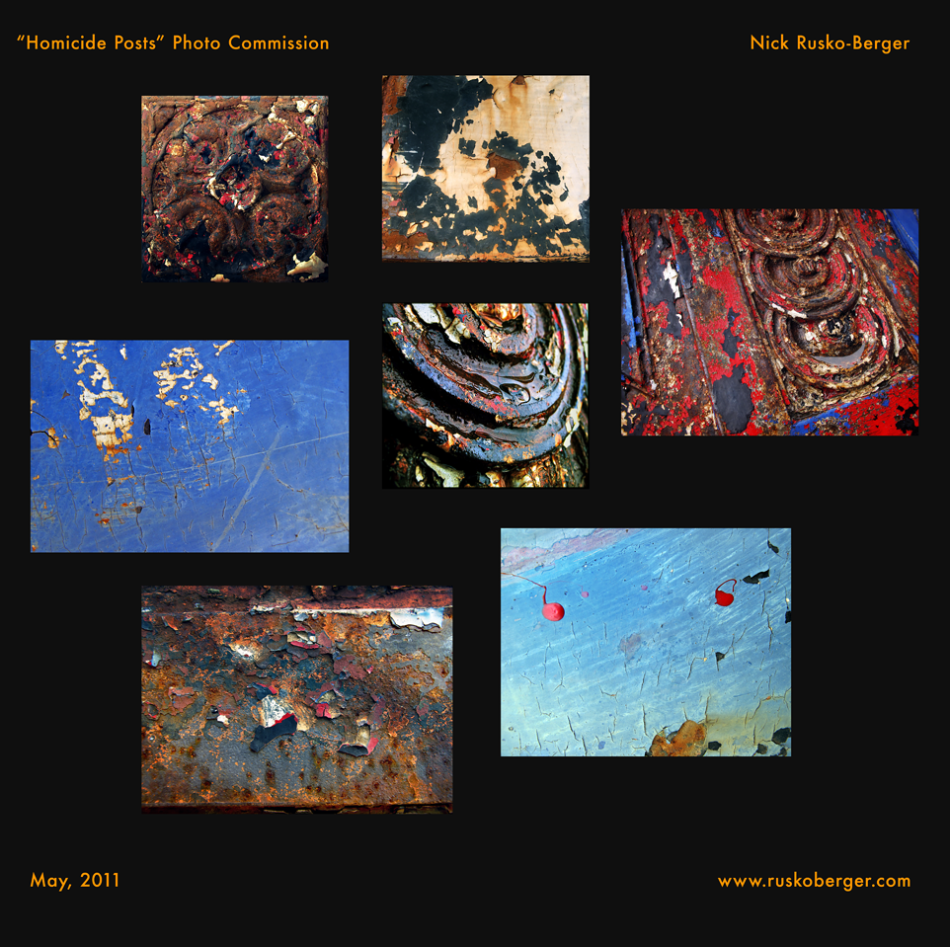My Mechanically Altered Vision: Beyond the Camera…
This past weekend, Anna and I visited the Baltimore Museum of Art’s “Seeing Now: Photography Since 1960” exhibit. While it didn’t rock me back on my heels, it was reasonably engaging, and afforded me one stand-out: Andres Serrano‘s “Black Supper”, a piece that existed as a beautiful, visceral, engaging image–on its own, outside the context of the exhibit and the medium.
![Andres Serrano's "Black Supper", photograph(s) Andres Serrano's "Black Supper", photograph(s) [fair use, as not-for-profit example]](https://i0.wp.com/www.ruskoberger.com/files/1613/0035/4114/Andres_Serrano___Black_Supper.jpg)
Andres Serrano's "Black Supper", photograph(s)
(In other words, it was the polar opposite of the two video “art” pieces. Actually–opposite of 99% of video pieces
anywhere.)
After returning home, I was reading through some posts at ConceptArt.org discussing the perennial issue of artists–mostly beginners and poor draftsmen–using photographic reference crutches (to bad effect) in drawings and paintings. (At the moment I won’t be getting into the details of when and how photographs are used/misused. It’s not cut and dried, so maybe another exciting time!)
It got me thinking about cameras, their distortions, and the attendant preconceptions they animate in people. Cameras have points of view and biases–just like everyone else–be they mechanical (what type/format), technological (what era of development they were designed in), or administrative (how the photographer employs it, and under what conditions, to what end, etc). Then, there’s the baggage (positive and negative) a viewer brings to a photograph. There are a lot of variables there, huh?
I kept coming back to the fact that photographic images are often taken as de facto representations of Reality, even despite all of those contextually wishy-washing attributes I mentioned above. Most of the problems artists have when using photo reference stem from the common misapprehension that a photograph is telling the Truth–or worse, the whole Truth. This is a Perfect Storm: the camera’s mechanical distortions are given a free pass to Truthdom via peoples’ needy-willingness to accept them as Real. This questionable perceptual stew becomes a “default mode of contextualization” for a lot of people–even whole societies. (Look at ours, especially when it comes to documentary news photography and the whole other issue of Photoshop manipulation.)
So…I thought that it would be interesting to confound several aspects of photography at once; I’d intentionally, mechanically alter my vision as I worked. I took a pair of $20 pharmacy glasses and farked up the lenses. Several coats of Crystal Clear and Polyurethane later, I had these:

the Blur Glasses...brought to you by Crystal Clear & Polyurethane
The “Blur Glasses” are my Anti-Camera. They are mechanical…but they blur, they are obvious (and therefore, beyond ignoring or forgetting their contextualizing), and don’t freeze anything in place or 2D-ify.
p.s. My eyesight has been degrading over the past few years. My far-sightedness can be a benefit (in the same way squinting is), but these glasses help in a couple of ways. One is that I don’t have to constantly be tensing my face up, as with the squints. The other (odd, but palpable) is that the lenses allow my eyes to focus “naturally” while still fuzzing things up. And there you go.









![Andres Serrano's "Black Supper", photograph(s) Andres Serrano's "Black Supper", photograph(s) [fair use, as not-for-profit example]](https://i0.wp.com/www.ruskoberger.com/files/1613/0035/4114/Andres_Serrano___Black_Supper.jpg)


